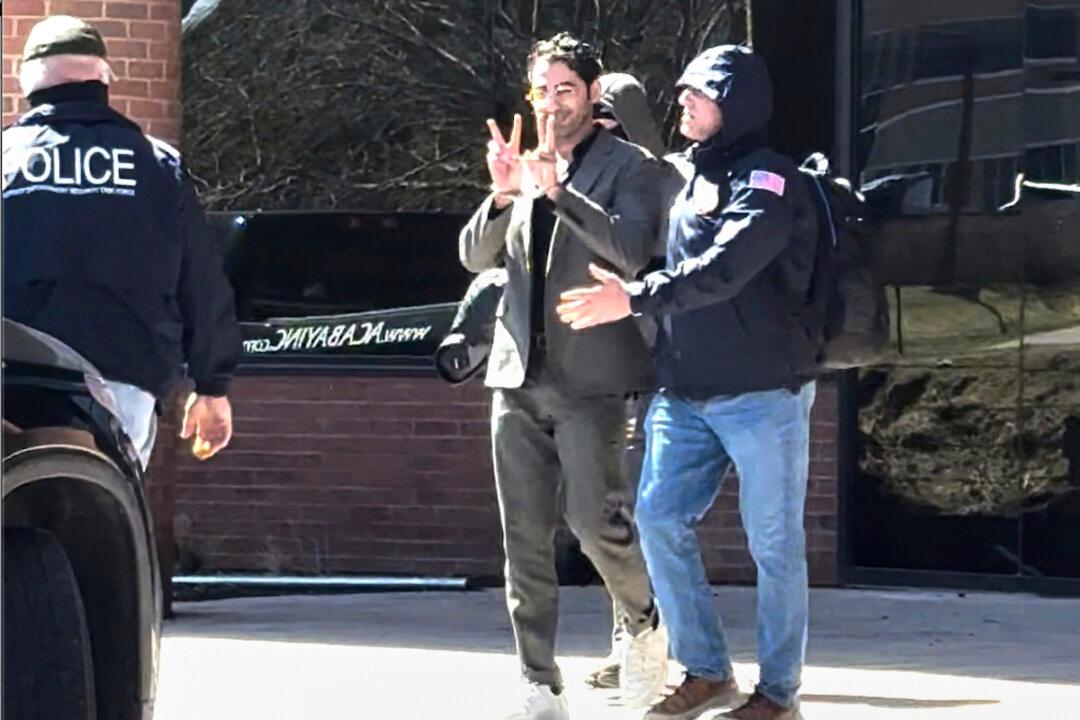The House Committee on Energy and Commerce held a hearing on the Chemical Safety and Hazard Investigation Board (CSB) on Sept. 29, revealing some bipartisan consensus on the general need to improve the long-troubled agency while raising questions about its limited response to tens of thousands of reports, its vulnerability to political agendas, and its freedom to investigate chemical spills caused by other federal agencies, such as the Environmental Protection Agency (EPA).
One of those nominees, Jennifer Sass, was approved despite Republican opposition, which centered on a reported Twitter post attacking the Environmental Protection Agency (EPA) for its interactions with an industry trade association, the American Chemistry Council (ACC).
All three nominees await confirmation by the Senate.
“We want to see this agency flourish,” Rep. Diana DeGette (D-Colo.), chair of the Subcommittee on Oversight and Investigations, said in her opening remarks. “In recent years, board vacancies, unfilled staff positions, employee morale issues, and most recently, the COVID-19 pandemic have led to underproductivity at the agency.”
The CSB faces a backlog of 18 investigations. While it has completed three investigations in 2021 to date, it completed zero in 2020.
“It should not use its investigations and the recommendations in its reports to push certain agendas.”
Committee members also questioned Lemos, who testified to the committee under oath.
In response to questioning from DeGette, Lemos said she has a plan to complete all 18 backlogged investigations.
Questioned by the ranking member for Oversight and Investigations, Rep. Morgan Griffith (R.-Va.), Lemos testified that the CSB’s board is codifying unbiased, standardized requirements for the recommendations in its reports, saying that those requirements would be released “within months.”
She also told Griffith that every recommendation, report, safety bulletin, and safety alert is legally reviewed prior to release, stating “that was not the case prior” to her tenure.
Lemos was also questioned by Pallone on how industrial facilities should adjust to “a changing climate.”
“We anticipate seeing more and more of these [extreme weather] events, so it’s going to become even more of a challenge moving forward,” Lemos said.
“In terms of what plants or facilities can be doing, following guidance that is out there to ensure that they’re not just preparing for today’s historical but tomorrow’s, based on recent history, and predicted future, level of extreme events.”
Questioned by Rodgers on whether new investigations can actually be completed in six to 12 months, Lemos said that six to 12 months “is not the timeline that things have been closing,” adding that the CSB’s model, the NTSB, typically takes years to issue its full reports.
“Part of the challenge is that our agency has moved to an all-or-nothing, full investigation 160-page report or not at all,” Lemos said. “Part of what I’m trying to do is return to what the CSB used to do, and what the NTSB does, and provide a range of products such that we can get out immediate safety recommendations and products within that timeframe.”
Rep. Jan Schakowsky (D.-Ill.) asked Lemos about the number of incidents reported to the CSB per year, “When somebody calls up and says there’s been a problem, how many are those?”
“20,000 or 30,000 a year,” Lemos said, later adding that “more staff are certainly needed to address more of these events.”
Questioned further by Schakowsky on the tens of thousands of calls, Lemos said that under last year’s reporting criteria, just 88 reported incidents qualified for further investigation.
“Our attempt to take a range approach of our products will allow us to address all of those 88,” Lemos said.
“The Chemical Safety Board has the responsibility to investigate—that doesn’t mean the EPA does not investigate as well, similar to the NTSB and the [Federal Aviation Authority],” Lemos said.





